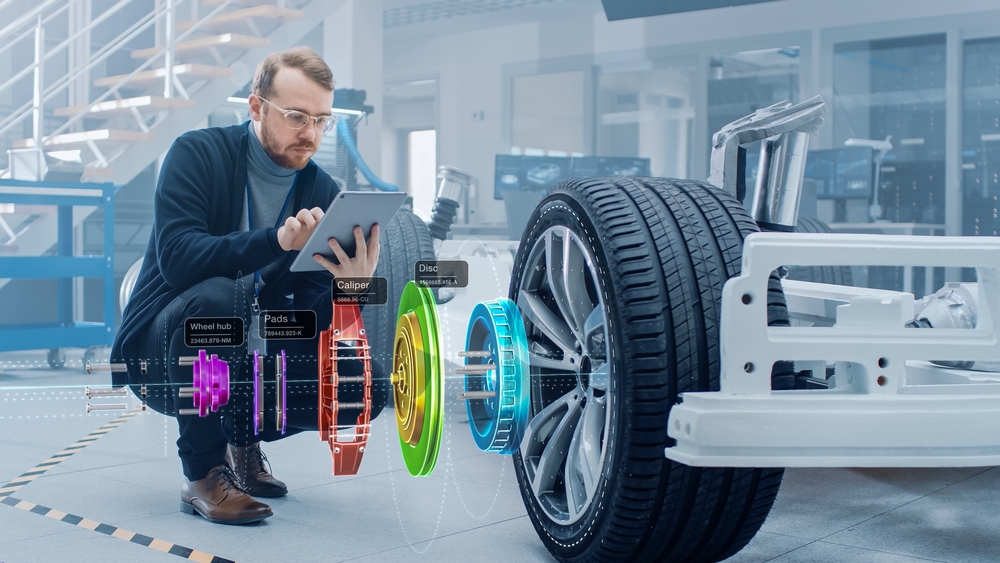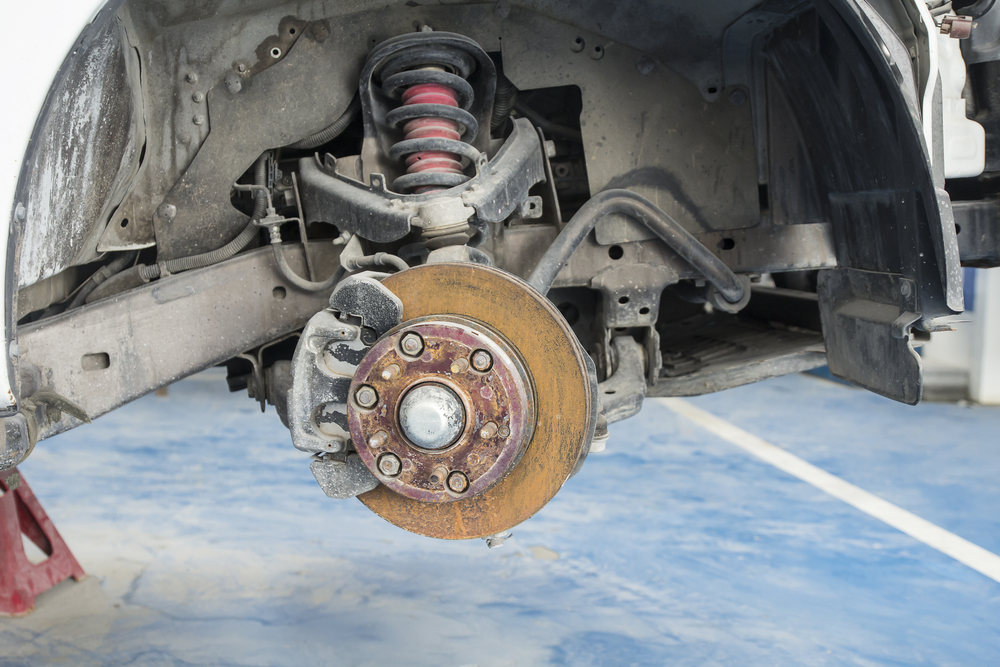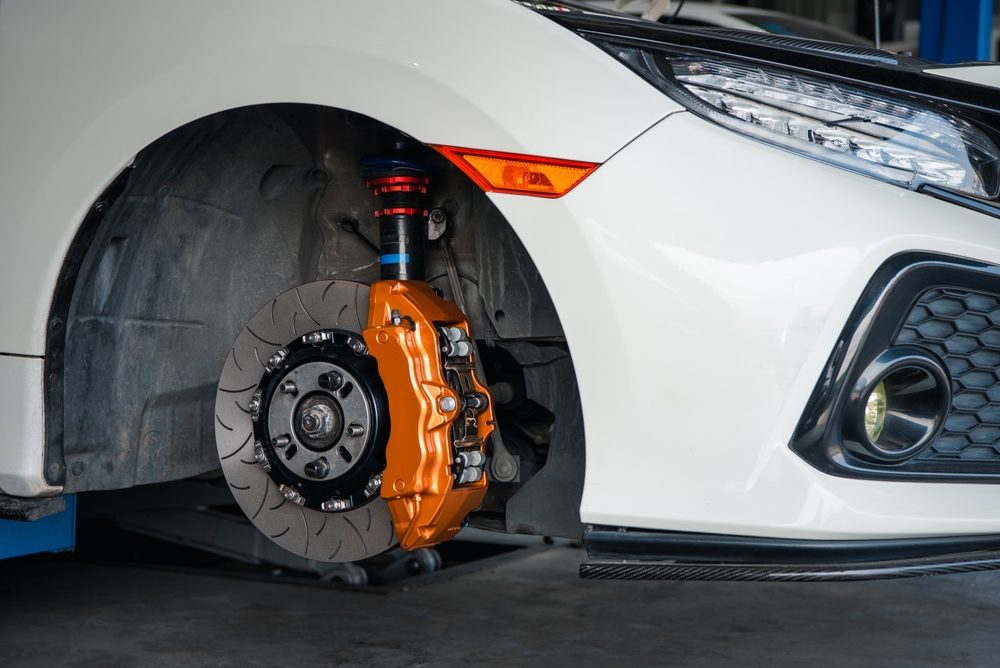Introduction
The braking system plays a pivotal role in the complex dance of automotive engineering, as it is essential to the overall performance of the vehicle as well as the safety of its occupants. This blog delves into the crucial function brakes play in the complex workings of cars, emphasizing how important they are. Brakes are more than just a mechanical device that acts as the first line of defense against motion; they are the gatekeepers of safety, coordinating the fine balance between motion and stillness on the road. We’ll examine the subtle but important indicators that point to the need for brake maintenance and learn how these parts communicate with us through a variety of cues. We will also explore the critical importance of routine maintenance and prompt replacements, revealing the interconnected factors that ensure everyone who drives on public roads has a safe and effective driving experience.
- The Anatomy of Braking Systems: The braking system is the core component of every car’s safety system. This complex system, which consists of parts like brake pads, rotors, calipers, and brake fluid, converts motion energy into heat to stop the car. To fully appreciate the complexity of a properly operating braking system, it is essential to comprehend the role that each component plays.

- Signs of Brake Wear and Tear: It is imperative that drivers identify wear and tear on their vehicles in order to maintain the braking system’s efficacy. The presence of vibrations, soft brake pedal, decreased responsiveness, or squeaking or grinding sounds when braking are all telltale signs that the braking parts may require maintenance. Ignoring these indicators not only puts your safety at risk but over time may cause more serious and expensive damage.
- Routine Brake Maintenance: Preserving the longevity and effectiveness of the braking system requires routine brake maintenance. This entails routine examinations by certified specialists who measure the brake pads’ thickness, look for corrosion or other damage, and make sure the brake fluid level is within the recommended range. Regular maintenance helps to make driving more enjoyable in addition to preventing possible problems.
- Brake Fluid Checks and Flushes: Since brake fluid transfers the force applied on the brake pedal to the brake components, brake fluid is the lifeblood of the braking system. The effectiveness of brake fluid can be weakened over time by the absorption of moisture and impurities. Maintaining the hydraulic integrity of the braking system and avoiding problems like brake fade require routine inspections and prompt fluid flushes, as advised by the vehicle manufacturer.
- Brake Pad Replacement: The replacement of brake pads is one of the most popular brake maintenance procedures. During braking, these parts experience a great deal of heat and friction, which causes wear over time. Brake pad replacement must be done on time to guarantee maximum stopping power and to avoid damaging other parts, like rotors. Wear indicators are a common feature on modern cars, telling drivers when the brake pads need to be changed.
- Rotor Resurfacing and Replacement: When braking, brake discs, also known as rotors, are exposed to extreme heat and pressure. They could become thicker or have uneven surfaces over time, which would reduce their braking effectiveness and possibly cause vibrations. Minor rotor problems can be resolved by resurfacing, but replacement is frequently the best and safest course of action when there is significant wear.
- Quality Brake Components: It is crucial to use high-quality brake components, and this cannot be stressed enough. Choosing reliable brake pads, rotors, and calipers guarantees longevity in addition to excellent performance. Investing in high-quality brake parts saves money and time by lowering the frequency of replacements and improving the vehicle’s overall safety.
- The Impact of Driving Habits on Brake Health: Driving practices have a big impact on how long brake parts last. Wear and tear is accelerated by aggressive driving, which includes sudden stops and continuous high-speed braking. Steering clear of unnecessary heavy braking, anticipating stops, and adopting smooth driving habits can all help brake components last longer and make driving safer.
- Technological Advancements in Brake Systems: Vehicle technology has progressed, resulting in new developments in brake systems. Brake assist systems (BAS), electronic brake-force distribution (EBD), and anti-lock braking systems (ABS) are a few examples of technologies intended to improve stopping effectiveness and safety. It takes routine updates and maintenance to keep these complex systems operating at their best.
- The Cost of Neglecting Brake Maintenance: Ignoring brake maintenance can have dire consequences for your safety as well as your wallet. Brake failure greatly increases the likelihood of collisions and injuries. Furthermore, letting brake parts deteriorate could result in more serious damage that would need expensive repairs or replacements. The possible costs arising from neglect are far higher than the cost of regular maintenance.

Conclusion
The significance of brake replacement and maintenance in cars extends beyond simple mechanical maintenance; it is a vital component in guaranteeing the security and welfare of drivers, passengers, and other road users. The longevity and effectiveness of the car are investments in routine inspections, upkeep, and timely replacement of brake parts. Drivers can drive with confidence knowing that their braking system is not just a mechanical requirement but also a protector of performance and safety if they grasp the workings of the system and recognize the warning indications of wear and tear.

